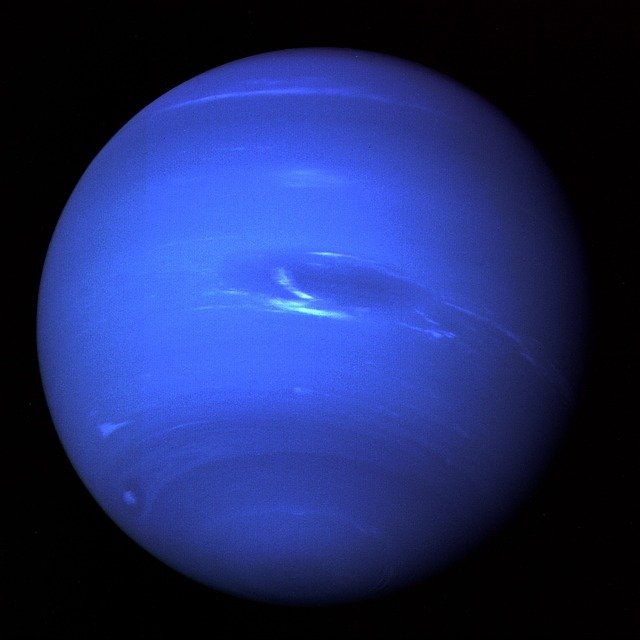Scientists from leading universities in China will send a nuclear—fueled spacecraft into the orbit of Neptune, the farthest planet in the Solar System. The researchers have planned a mission for 2030.

Astronomers have not yet been able to examine Uranus and Neptune in all details. The clearest data that humanity has is information from NASA’s Voyager 2 spacecraft, the only device that flew past the planet in 1986 and 1989.
The researchers note that the future mission is a very difficult task. The problem is that spacecraft flying far from the Sun cannot rely on solar energy, they need other sources to maintain a stable orbit and keep the instruments from freezing.
Radioisotope thermoelectric generators (RTGS) have been used in more than 30 missions to provide spacecraft with heat and fuel. They work by converting heat from the radioactive decay of fuel, such as plutonium-238, into electricity. But to work near Neptune, the probe will need more energy from a nuclear fission reactor.
According to the plan of Chinese scientists, a spacecraft weighing up to 3 thousand kg should be powered by a nuclear reactor. It will also carry four small satellites — two to study Neptune’s atmosphere and two more to study Triton, its largest moon. The satellite orbits in the opposite direction from its host planet, is geologically active and may contain liquid oceans under the icy crust.
The best time to launch such a spacecraft is 2030, scientists believe. It can fly aboard the Chinese National Space Administration’s Long March 5 rocket and reach Neptune a decade after passing by the gas giants Jupiter and Saturn.
Studying the ice giants will allow astronomers to better understand how the Solar System was formed and developed over 4.5 billion years.
